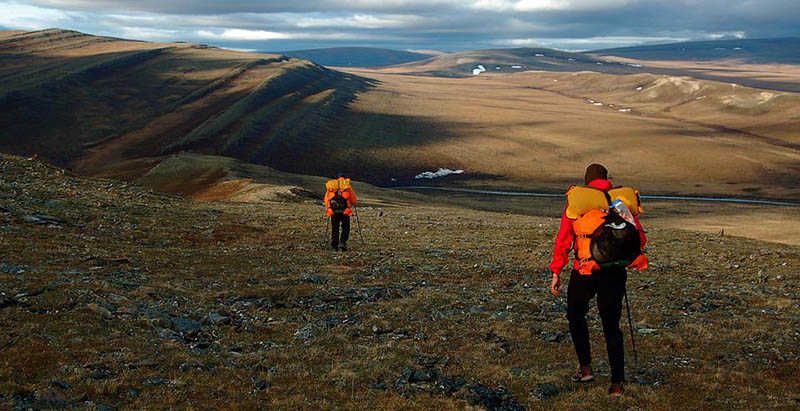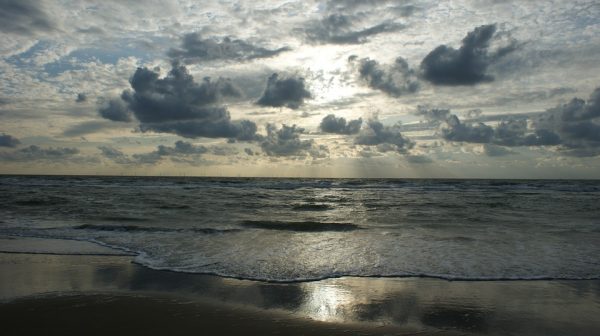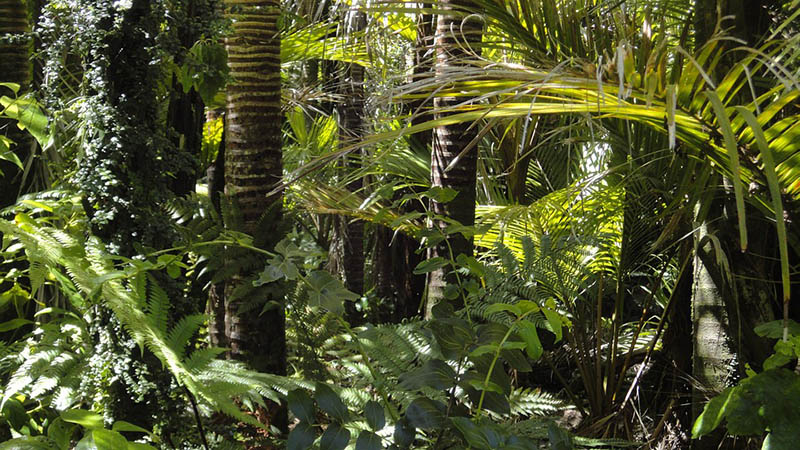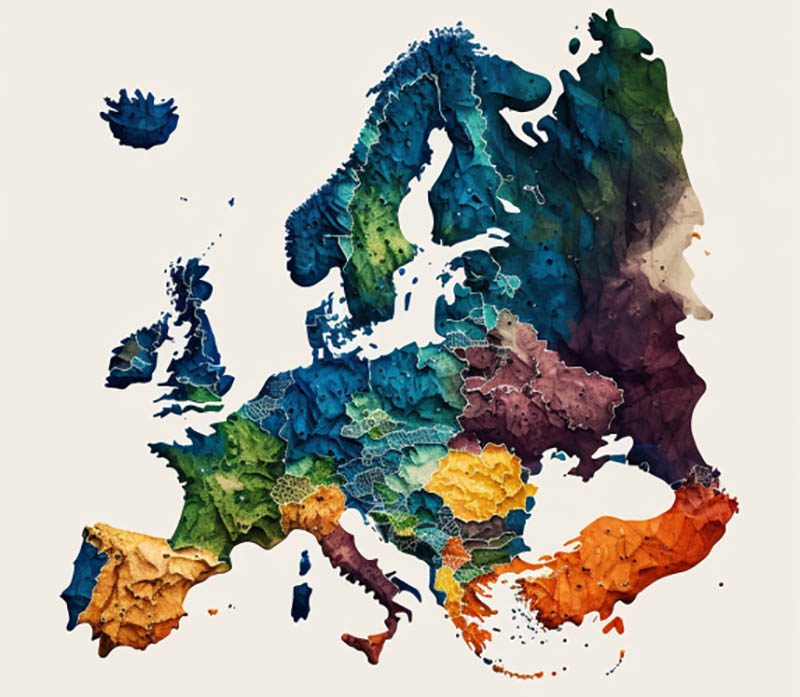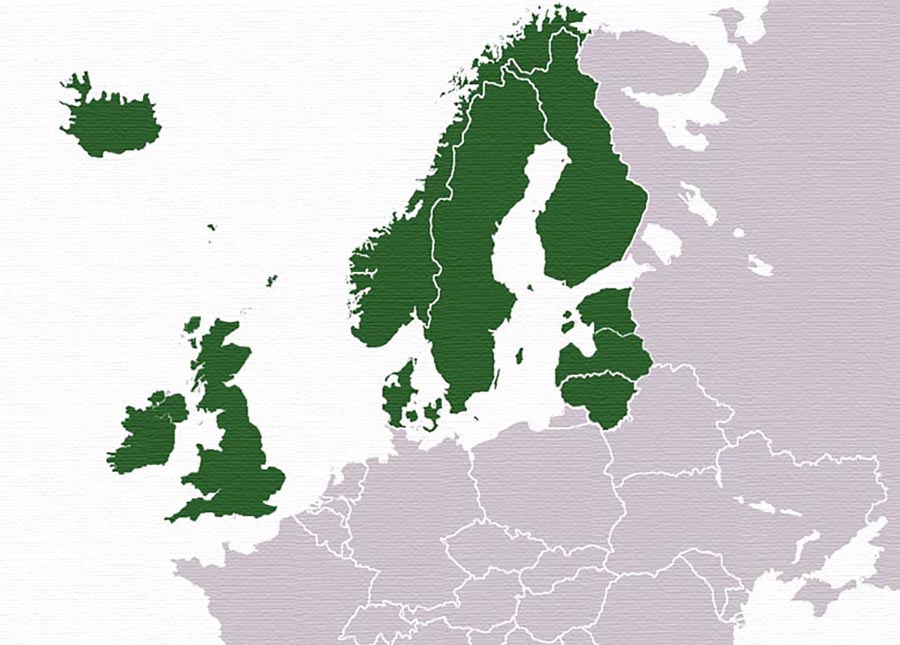The tundra biome is found only on two continents, Eurasia and North America, as well as in Greenland. Russia and Canada have most of it, but these territories aren’t valuable in terms of economics. Building here is difficult and expensive, farming is impossible, and the climate in the tundra is always too cold to be comfortable for most of us. However, there are some really cool facts about the tundra biome! ☺
Soil mixed with ice
All tundra on Earth lies in the permafrost zone. Dig with a shovel deep enough, and you will see ice mixed with dirt. That’s the reason why building here is so difficult: massive buildings here should be put on stilts so that there is free space between them and the ground surface. Otherwise, the heat coming from the building will melt the permafrost, the foundation will lose stability and the whole building will collapse.
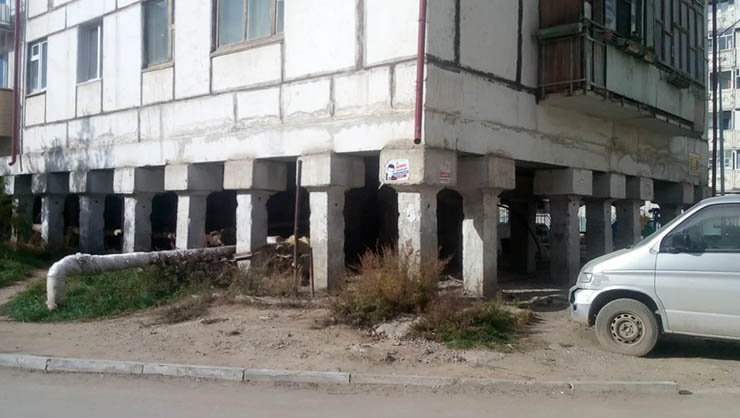
Permafrost is also the reason why farming in the open ground is impossible here. We can’t grow agricultural plants in such cold soil, and in the tundra, it stays cold all year round. Hydroponic farms are too expensive for their industrial use to be profitable.
Dwarf trees of tundra
Mushrooms in the tundra are taller than trees, and that’s even not a joke. Well, technically mushrooms growing here have quite a normal size and proportions, but tundra trees are super small, their average height doesn’t exceed 1 inch (about 2,5 cm). They can’t grow higher because of the wind constantly blowing here.
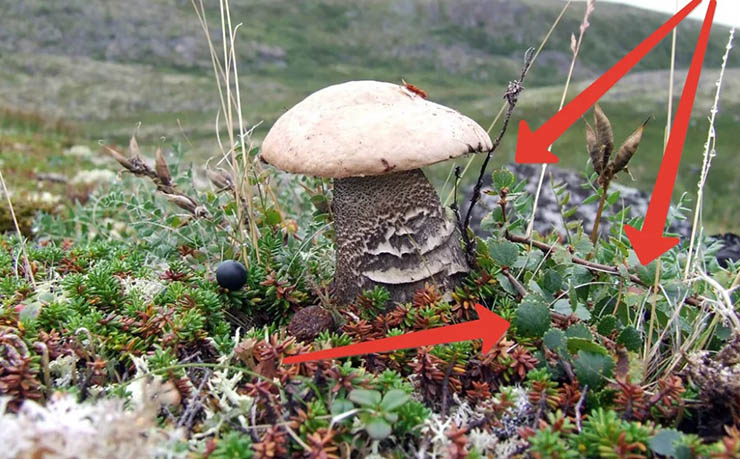
Tundra trees are no different from the same trees in the forest, except for their dwarfism. If you let them grow in another environment, they will start growing higher, like ordinary trees in the woods, for example.
Alpine tundra biome
Alpine tundra can be found in mountains. That’s another biome, not just a regular tundra, but they are very similar. If you go to the mountains, you’ll find the alpine tundra between the tree line and the snow line. Mountain tundra is way less humid than the plain one, there are not that many swamps here.
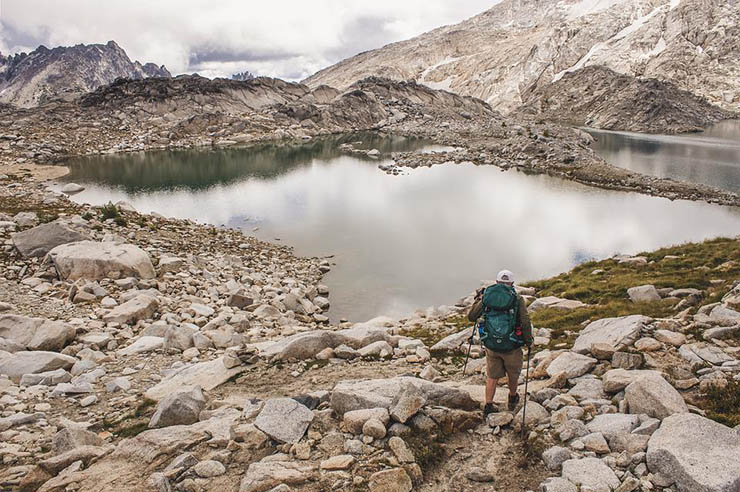
The alpine tundra was named after the Alps mountains in Europe, but that’s just the name of this biome.
Lack of oxygen
The concentration of oxygen in the air above the tundra is significantly lower than average. It doesn’t mean that you can’t breathe here, of course. The reason for this is quite obvious: most of the oxygen on earth is produced by trees and algae. However, trees in the tundra biome are super small, and they simply can’t produce as much oxygen as larger plants.
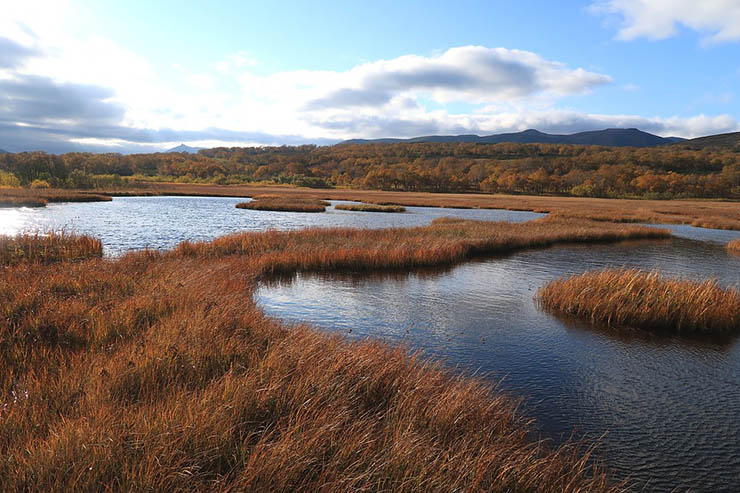
Not much snow
Despite the fact that the tundra is cold, there’s not that much snow in winter. On average, the amount of precipitation here is 4-6 less than in New York, and 2-3 times less than in London and Berlin. However, the evaporation rate in the tundra is so low that the amount of precipitation constantly exceeds the evaporation rate. As a result, the tundra is swampy.
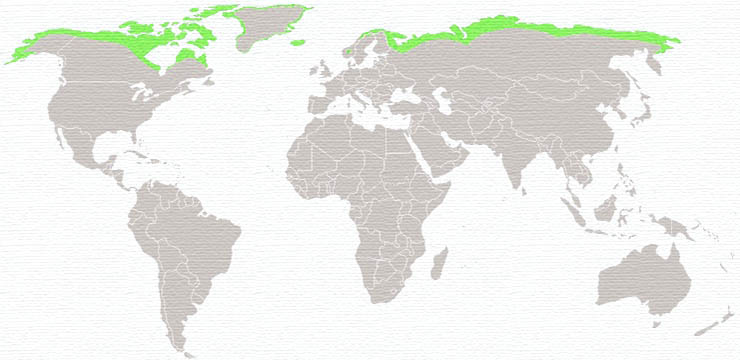
Besides, the wind constantly blowing in the tundra blows snow away into the ocean. At the same time, the surface of the snow cover in the tundra is usually quite hard. Hard enough to walk on it without falling into the snow.
Cold, cold, cold
Tundra is the coldest of all biomes. The word “tundra” comes from the Finnish word “tunturi” which means a treeless plain. It is known for its frost-resistant landscapes, extremely low temperatures, low rainfall, poor nutrients, and short growing season. Dead organic material functions as a pool of nutrients.
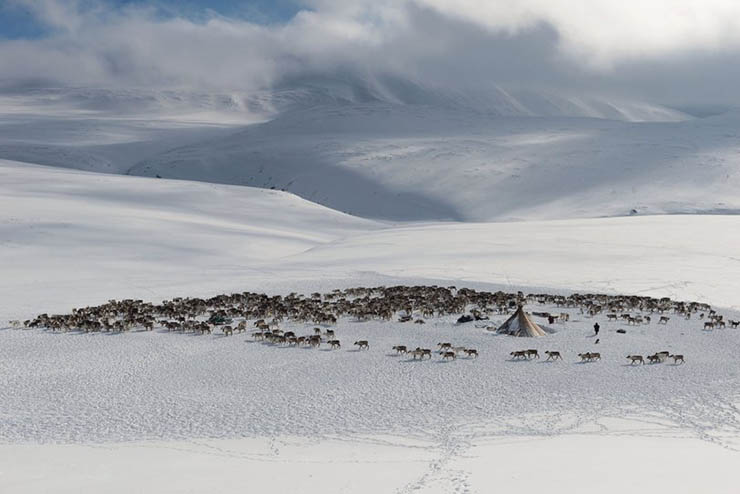
Snow in the tundra lies about 9 months a year. Summers here are quite warm but short. It sometimes snows here even in June, July, and August, but rarely. Anyway, the tundra climate is quite uncomfortable for most people.
The tundra area is decreasing
You probably know the fact that the area of tropical forests in the world is decreasing year by year. However, in the tundra trees grow more and more every year! It means that this biome area is decreasing because of the global climate change on our planet. The southern border of the tundra recedes a little further to the north every year.
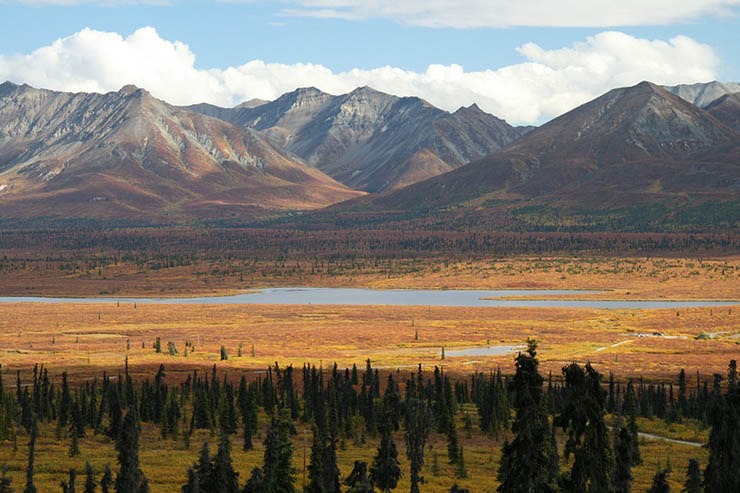
Environmentalists suppose that the reduction of the tundra area may provoke an ecological catastrophe of enormous proportions. However, some other scientists believe that the benefits of increasing the area of forests exceed the harm from the disappearance of the tundra.
Animals
While the tundra biome does have an animal population, it is not consistent throughout the year. Some of the animals do stay year round, but they may hibernate through most of the winter months, waking periodically for food or staying in hibernation 10 months out of the year. Other populations will migrate out of the biome during winter and then return during the brief summer months.
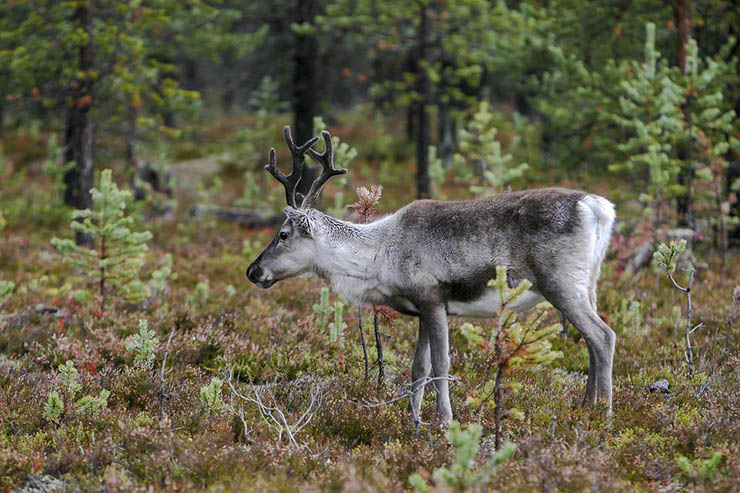
The largest tundra animal is a reindeer. These mammals neither hibernate nor migrate far away, but they also live in taiga. The largest predators here are wolves.
Who lives here?
Most part of this biome isn’t habituated. The climate here is too harsh, although some indigenous people do live here, mostly in Canada and Russia. These people mostly preserve the traditional way of life. There are some nomadic tribes in the northern part of Russia, for example. These people don’t build villages or cities, they keep moving with their deer and camps all the time.
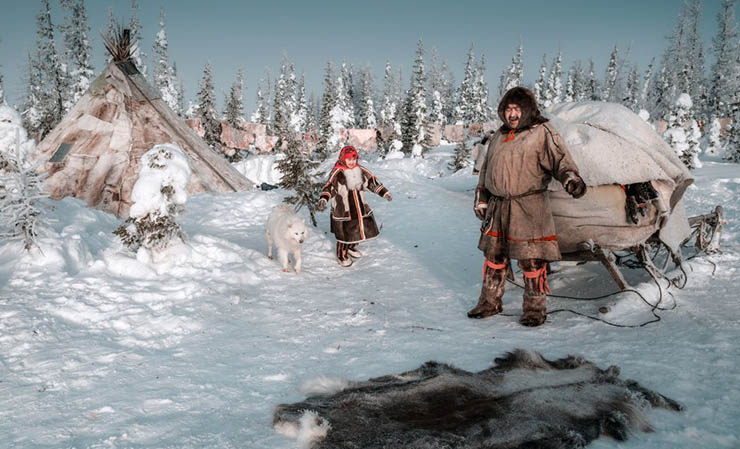
They are used to this climate, and they always rely on themselves. However, 99% of the tundra remains uninhabited.
Plants
There are lots of various mosses and lichens, but also tons of flowers, more than 400 types of them! The vegetation period in the tundra biome is short but spectacular because most of the flowers start to blossom at the same time.
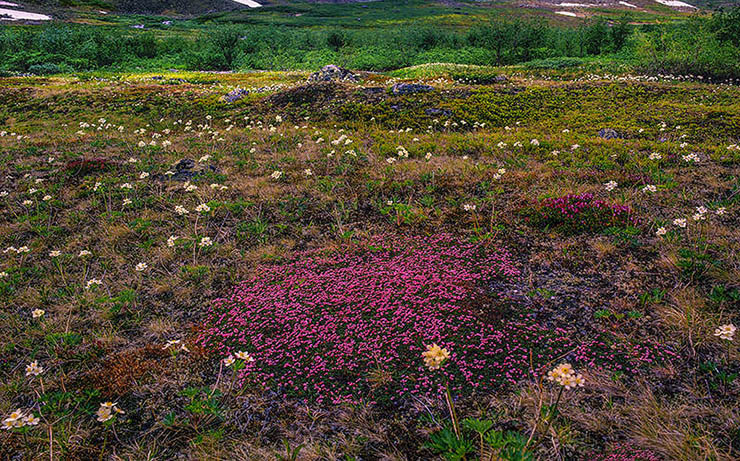
There are much more types of plants here than types of animals here (only 48). Also, there are insects in the tundra but no reptiles. All local people really hate mosquitoes, there are so many of them here that they can be a real threat.
